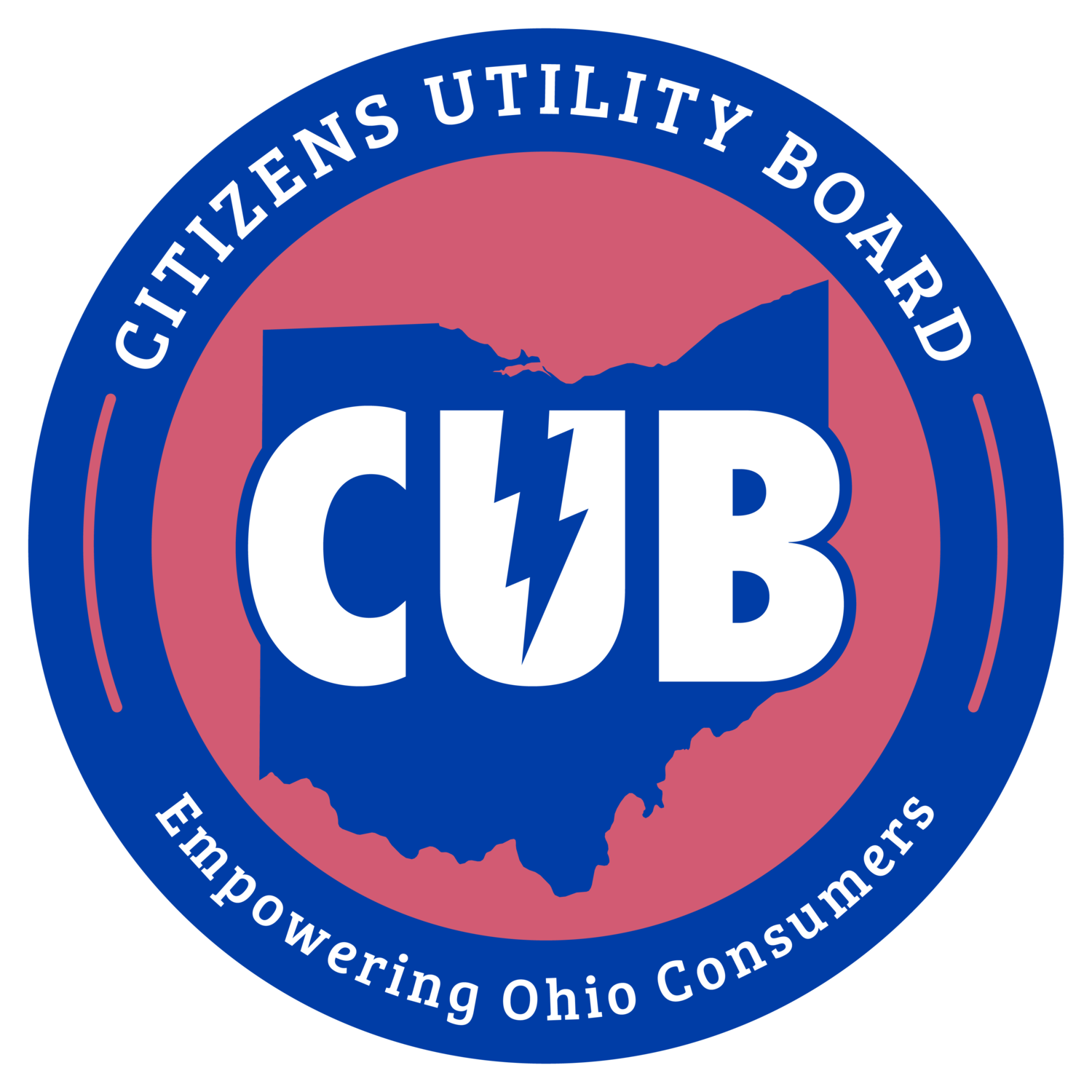Senate Bill 298 Fact Sheet
Virtual Net Metering: A Market-Based Solution to Strengthen Ohio’s Grid, Lower Energy Costs, and Redevelop Distressed Property
Senate Bill 298 (SB 298), introduced by State Senator Mark Romanchuk (R-Ontario), builds on more than 25 years of Ohio’s successful net metering program by authorizing virtual net metering for large energy users. This pragmatic, market-driven reform gives commercial and industrial consumers new tools to manage energy costs, support grid reliability, and attract private economic investment to redevelop distressed properties without new subsidies, mandates, or costs to residential ratepayers.
Background
Ohio’s electric demand is rising rapidly. This demand growth is driven by new industrial investment, data centers, and the electrification of vehicles, buildings, and manufacturing. At the same time, PJM’s interconnection queue has grown to historic levels, delaying new utility-scale generation for at least the next five to seven years. These bottlenecks threaten to slow economic growth and drive-up power costs for Ohio consumers.
The state’s existing net metering law, first enacted in 1999, allows customers to generate electricity on their own property and receive credit for excess power fed back to the distribution grid. SB 298 modernizes that framework by allowing customers to access generation located off-site (such as on brownfields, landfills, or abandoned mine lands) while maintaining the same fiscal and regulatory guardrails that have made net metering successful.
Virtual net metering is a near-term, market-based solution. By allowing large customers to invest in or subscribe to distributed energy projects connected at the distribution level, Ohio can quickly add capacity, strengthen reliability, and reduce stress on the grid without new legislative mandates or public spending.
How Virtual Net Metering Works
A manufacturer in Lorain County, for example, could purchase electricity from an energy generating project built on a closed landfill within the same utility service territory. The manufacturer would receive credit for that generation across all of its meters, lowering its overall power costs. The project developer would finance, construct, and operate the system while assuming all investment risk. The utility would continue to deliver power and maintain the distribution network, with all costs and benefits of the project being charged and credited to that individual customer. This approach puts underutilized local assets back to work for Ohio’s economy in a way that delivers affordable and reliable energy.
This model mirrors those already operating successfully in Pennsylvania and West Virginia, where virtual net metering has enabled faster grid upgrades, more abundant local generation, and redevelopment of abandoned industrial properties.
What SB 298 Does
SB 298 preserves the safeguards of Ohio’s net metering law by relying on only private capital for projects and maintaining a local economic focus without new creating mandates or developing projects on Ohio farmland.
Authorizes Virtual Net Metering: Allows large “mercantile” and institutional customers (e.g., manufacturers, hospitals, universities) to purchase or contract for electricity from an off-site, net-metered project located within the same electric utility service territory.
Redeploys Distressed Property: Limits new projects to previously unusable or distressed sites (including brownfields, closed landfills, abandoned mines, and similar properties) and explicitly prohibits virtual net metering development on farmland or greenfields.
Enables Meter Aggregation: Allows eligible customers to aggregate multiple meters within a utility’s certified territory, giving a customer with several meters at different buildings or campuses the ability to offset energy use across sites.
Supports Grid Reliability: Authorizes co-located battery storage and natural gas-fired generation, within certain size limits, to making it possible to build systems that provide around-the-clock reliability and help reduce strain on the electric grid during peak demand periods.
Maintains Consumer Protections: Builds upon Ohio’s existing financial and crediting structure for net metering to ensure participating customers continue to pay all distribution charges and to charge and credit the customer for all costs and benefits, resulting in no additional cost to other customers.
Why SB 298 Is Needed Now
Senate Bill 298 represents a fiscally conservative, technology-neutral, and pro-consumer policy solution. It strengthens Ohio’s “all-of-the-above” energy strategy by leveraging private investment to meet growing power needs while focusing on:
Market Competition: Like Ohio’s original net metering law and HB 15, SB 298 relies on private capital and competitive business models. Project developers, not utilities or ratepayers, assume the financial risk.
Faster Deployment: Distributed generation connected at the distribution level can come online in one to two years, compared to five to seven years for large transmission-scale projects caught in PJM’s queue.
Grid Resilience: Virtual net metering diversifies Ohio’s power supply, supports grid stability, and helps meet rising energy demand from manufacturing growth, data centers, and electrification.
Economic Development: By unlocking investment in otherwise idle properties, SB 298 provides commercial customers an option to save money and manage electricity price inflation risk by securing long-term supplies of affordably-priced electricity. It would also attract hundreds of millions of private dollars to revitalize industrial and post-industrial sites statewide. This would create local jobs and tax revenue while generating affordable, reliable power for Ohioans.

